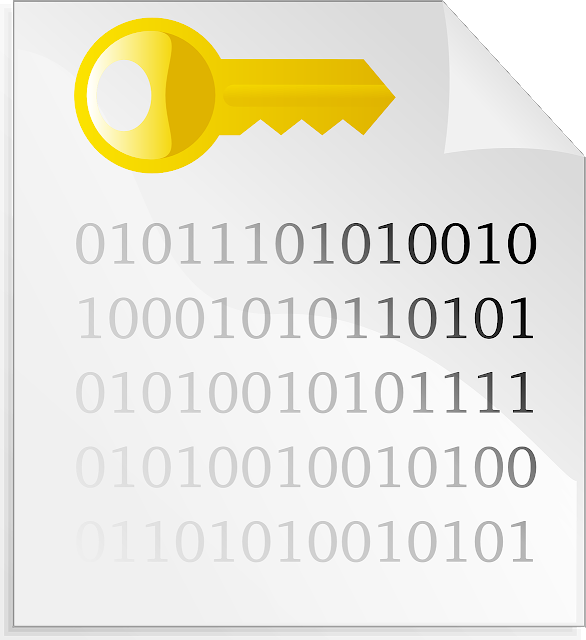ProLock Ransomware Operators Join Hands with QakBot Trojan to Infect Victims’ Networks

‘Human-operated ransomware’ has been on a rise with the emergence of ProLock in the month of March, the new ransomware came as a successor to ‘PwndLocker’, another variant of malware targeting all the major industries from finance, retail to healthcare and governmental organizations as well. Notably, in late April, the attack targeting the largest ATM provider in the United States, Diebold Nixdorf was the first major attack carried by ProLock where the attackers only compromised the company’s corporate network while their ATMs and customer networks were left untouched, according to the media reports.
In order to acquire access to targets’ networks, ProLock has joined hands with financial malware primarily targeting businesses, QakBot. Since its initial online fraud attacks, the banking trojan has constantly evolved to specialize in SOCKS proxy, anti-research capabilities and to effectively steal victims’ online banking credentials. The malware has been upgraded so much so that one of its present variants can even incapacitate securing software functioning at the endpoints. Interestingly, the assistance of QakBot that distinguishes the malware from other ransomware operators further strengthens the operations of ProLock as it helps the malware with credential dumping and anti-detection techniques.
ProLock makes use of RDP and QakBot to set the attack into motion, it assists the threat actors in evading detection and with persistence. Researchers told QBot specializes in bypassing detection as it is programmed to check out for its latest version and replace its current version with the newest one. Meanwhile, in order to acquire persistence in the network, the attackers use authentic accounts for RDP. RDP allows the malware to move laterally across networks and accumulate data, which later is exfiltrated through a command-line tool. Side by side, the files are being encrypted by ProLock that adds a .proLock, .pr0Lock or .proL0ck extension to all the encrypted files and leaves a ransom note demanding a ransom in turn for their data. However, as of now, ProLock doesn’t have a website to publish victims’ stolen data in case they are denied ransom.
“ProLock uses many similar techniques as other ransomware operators to achieve their goals,” said Oleg Skulkin, senior digital forensics analyst at Group-IB in a recent analysis. “At the same time, however, the group does have its own unique approach. With more and more cybercrime groups showing interest in enterprise ransomware deployment campaigns, some operators may be involved in deploying different ransomware families, so we’ll likely see more overlaps in tactics, techniques, and procedures.”

![[QILIN] - Ransomware Victim: www[.]nuphoton[.]com 2 image](https://www.redpacketsecurity.com/wp-content/uploads/2024/09/image-300x300.png)